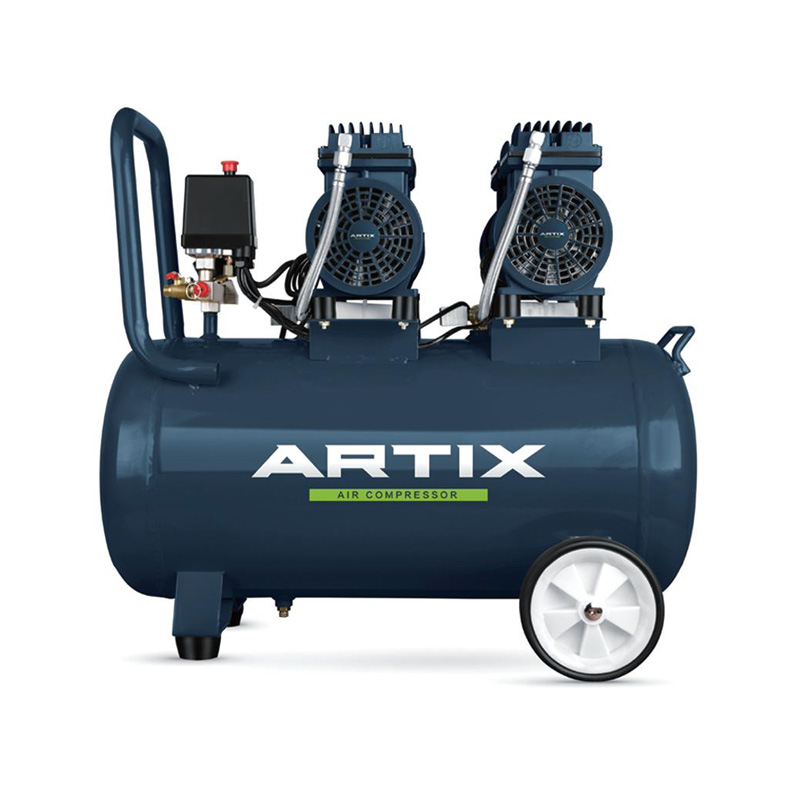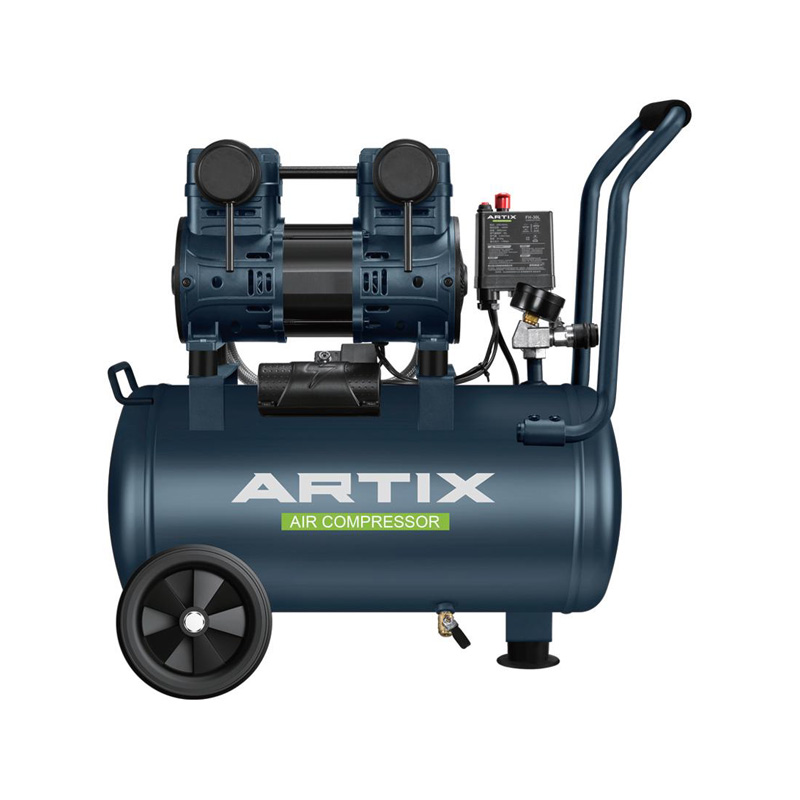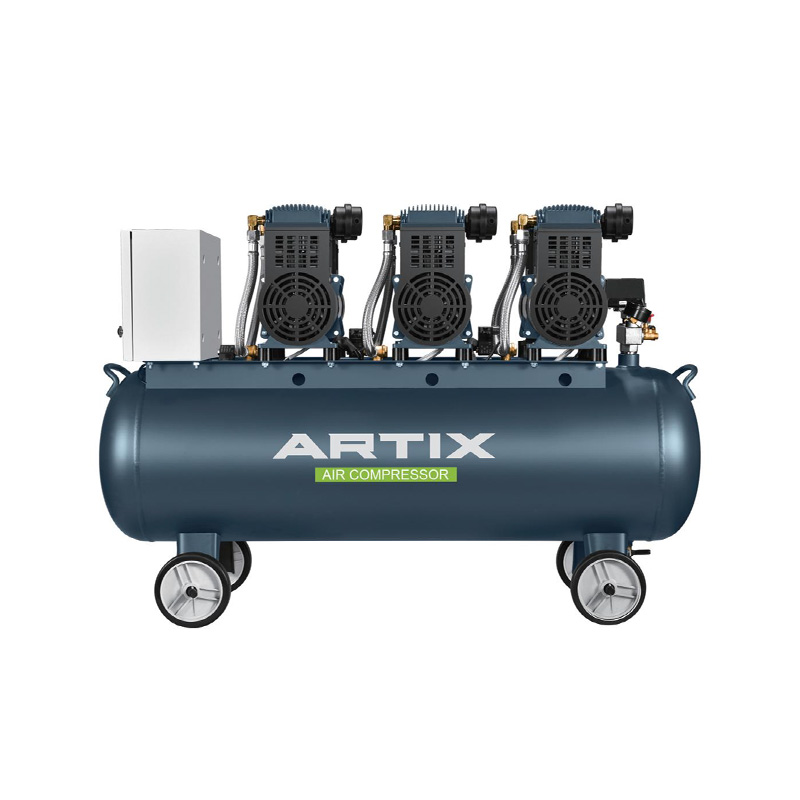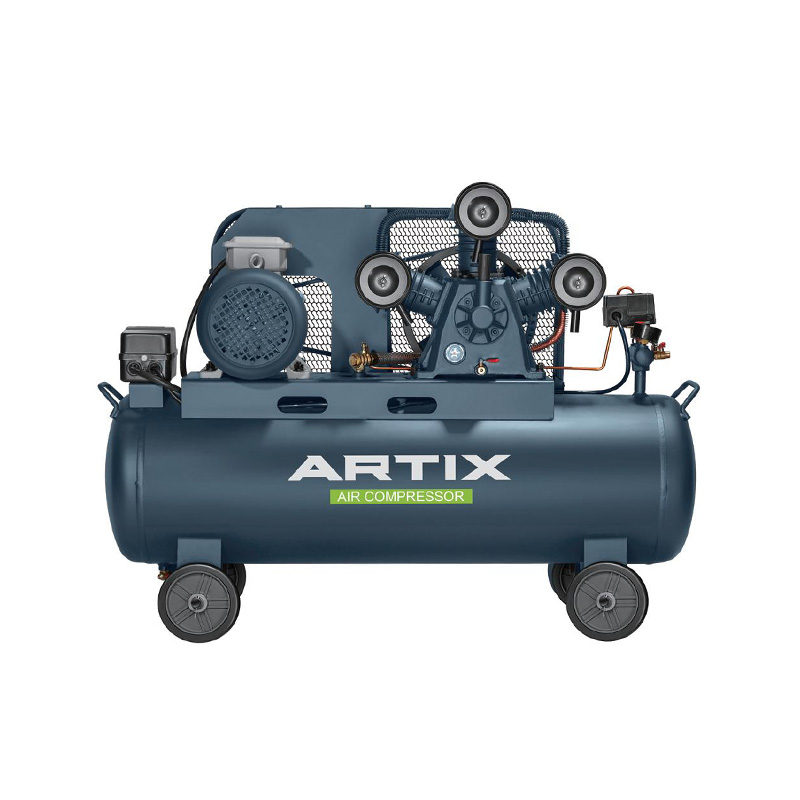When you choose a properly configured Industrial Oil Free Air Compressor that uses a Direct Driven Air Compressors architecture, you begin with two powerful advantages: clean, contaminant-free compressed air, and minimal mechanical loss in energy transmission. From there, the key to leveraging improved operational efficiency lies in smart system design, monitoring, and maintenance.
Key Ways Compressors Improve Operational Efficiency
Here’s how a well-designed industrial compressor setup can boost your efficiency — with a focus on how Industrial Oil Free Air Compressor systems and Direct Driven Air Compressors play a role.
1. Reducing Mechanical Losses
Because Direct Driven Air Compressors eliminate belts, pulleys, and intermediate gears, transmission loss is reduced. Less friction, fewer components, and simpler pathways mean more of your motor’s output becomes usable compressed air. Over time, that mechanical efficiency gain compounds into significant energy savings.
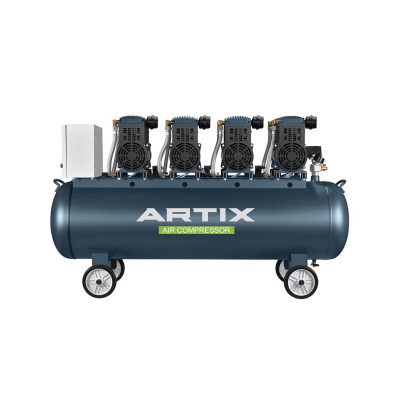
2. Minimizing Air System Losses (Leaks & Pressure Drops)
Leaks in piping, poor fittings, or unnecessary pressure drop in the network degrade system efficiency. Compressors have to “make up” for those losses by working harder, thus consuming extra energy. One of the ideal efficiency returns in compressed-air systems is leak detection and repair.
Design the distribution network with smooth flow paths, proper piping diameters, minimal bends, and efficient filters/dryers to reduce pressure drop. Every 0.1 bar drop might seem minor but cumulatively can cost noticeable energy over months.
3. Right-Sizing & Load Matching
An over-sized compressor that spends more of its time under light load or in “unload” status is inefficient. As one reference suggests: running at 50% load can consume more power relative to output compared to operating near full capacity.
ideal practice is to size your compressor for the typical (not peak) demand, and use multiple units, staging, or variable-speed control to adapt to fluctuations.
4. Smart Controls & Variable Speed Drives (VSD)
Modern compressor systems can use variable-speed drives to adjust motor speed according to demand — only delivering as much compressed air as required, avoiding energy waste. Some studies show up to 50% power savings in variable-demand systems.
When combined with Direct Driven Air Compressors, VSD-enabled direct-drive configurations can be highly responsive and efficient, because there’s no mechanical slack or transmission buffering.
5. Heat Recovery & Energy Reuse
Compressing air generates heat. A portion of that heat is normally wasted via cooling systems. But smart installations recover that heat (for facility heating, process water, or preheating) and turn it back into value. This recaptured energy offsets some utility demand elsewhere in the plant.
6. Preventative & Predictive Maintenance
Regular monitoring, sensor data, and predictive analytics help you catch degradation before it leads to energy inefficiency or failure. Vibration, temperature, pressure, and flow sensors can feed models to detect abnormal behavior early.
Because Industrial Oil Free Air Compressor systems usually involve fewer lubrication systems and simpler fluid circuits, your maintenance burden is lower — but that doesn’t eliminate the need for monitoring. Coupling good design with proactive maintenance ensures efficiency stays high.
When you deploy Industrial Oil Free Air Compressor systems using Direct Driven Air Compressors designs — and support them with good system design, control strategies, and monitoring — you turn compressed air from a cost center into a more predictable, efficient, and dependable utility. Operational efficiency gains are real: lower energy consumption, less downtime, better product quality, and lower total cost of ownership.
